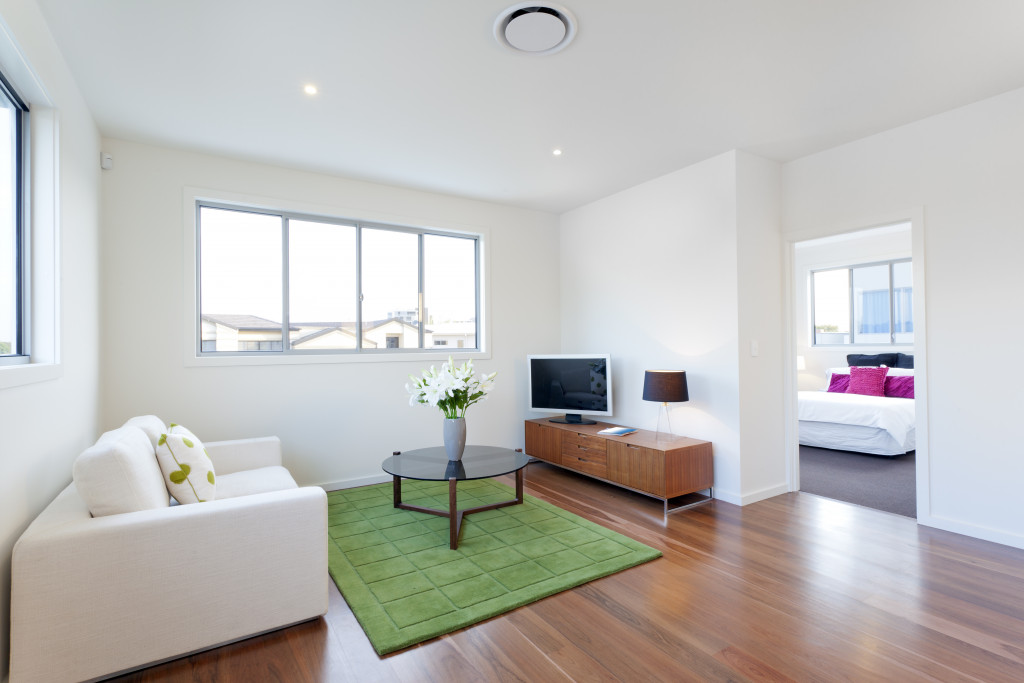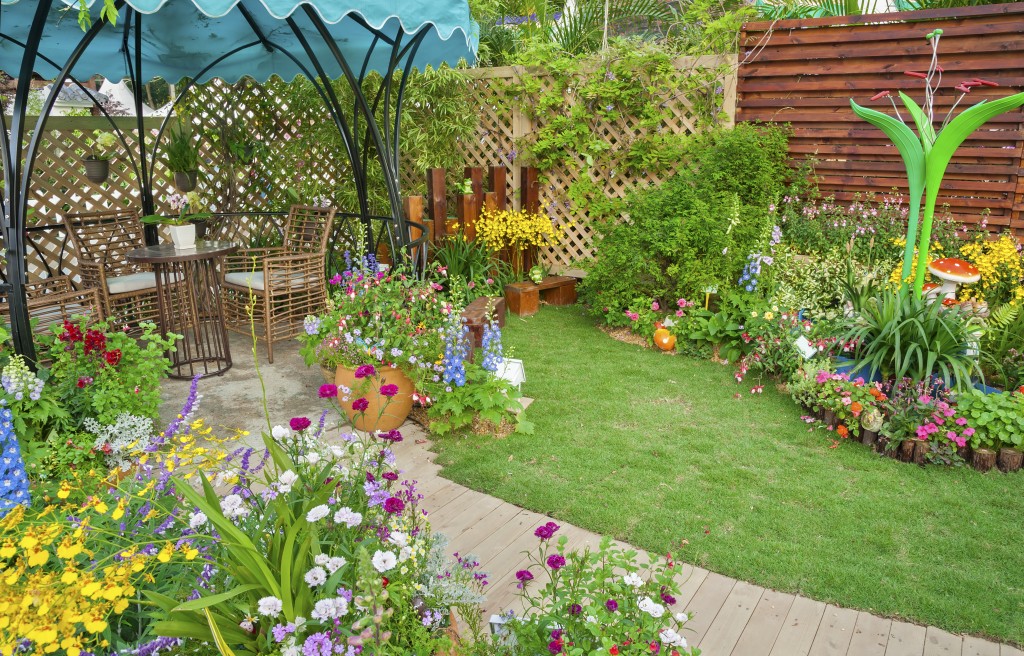After moving up to our renovated, refurbished, and repurposed turn-of-the-century barn up in New Hampshire, my wife and I decided that the only thing missing in our charming and quaint little house was our (if I may say so myself) impressive collection of post-modern art.
However, there was a problem: our modest abode was located a few ways away from Concord, the nearest city. Yes, we’re in the middle of nowhere, but we like it that way. Unfortunately, that meant a lot of the contractors we hired for the refurbishing weren’t too keen to drive a couple of hours both ways just to put up frames. No, we needed to do this ourselves!
After consulting with one of my artist friends I met back in my MET days, I learned how to hang a canvas in a simple, cost-effective, and speedy manner. Friends in high places indeed! Here I was thinking that the best way to hang a canvas was to hire a professional; fortunately, that’s unnecessary. With a little bit of elbow grease and after a couple of practice canvases, I was able to create an expensive-looking framed canvas for a Hopper facsimile and hang it myself. I felt like a regular Ron Swanson!
What’s more, because our new home had a lot of wood accents (thanks to its mix of Carpenter Gothic and Organic Architecture vibes), the new frames I had built with my bare hands worked so well with the rest of the house, which in turn, made the artwork really stand out (which is what it’s supposed to do!). We’ve used this technique on other types of artwork, including our kids’ gouache on canvas art pieces.
What’s surprised me the most about learning how to hang canvas art was how easy it was; I always thought it involved dozens of man-hours, levels, hammers, and all those handyman accouterments; in fact, all I needed were the following:
Required Materials

- Pine Board. I used Claymark Select Pine because of its texture and overall durability.
- A Miter saw. An essential tool when creating accurate miters and crosscuts.
- Wood Stain. When choosing your wood stain, make sure that it accentuates the natural color of the wood boards you’re using.
- Brad nailer. Otherwise known as a staple gun.
- A little time and patience!
Simplified Steps
Note: I’m a beginner at all this handyman stuff, and this article is supposed to be an easy to follow guide for fellow beginners, so bear in mind if it gets too simple! This technique works for fine art pieces, or even more modern pieces like spray paint on canvas, or even watercolor pieces.
Anyway, moving on!
The first step I did was to stain my pine boards. Because my facsimile’s canvas was 30’ x 40”, I had to make a frame using two longboards measuring 0.75” x 1.5” x 8” (you can use canvas markers to make little, subtle marks). Thankfully, I had leftover wood stains in my shed from our refurbishing, so I used what I had in hand which, again thankfully, matched my pine boards. While I’ve had some success with red chestnut stains, for this project, I used dark walnut (to match Hopper’s penchant for contrast).
Apply the stain evenly using a soft cloth that’s stained with your, well, stain of choice. Rub the stain against the grain to help fill deep pores (which you might encounter with woods like oak or ash or mahogany). Let the stain dry completely (usually takes like an hour or so) before handling them again.
Once it’s dry, measure out the right length and width of your canvas before cutting them to size with the miter saw. Remember: framing a photo or canvas is about using two boards to create the right angle for your painting to really shine through. And this isn’t some subjective angle either: you need boards cut to exactly 45-degree angles. Fortunately, that’s hat miter saws are great at doing. Once you have your frame boards cut perfectly, join them together using wood glue (as much as possible use something waterproof just in case) or, in my case, by using a brad nailer in the angles. Try to keep the nails at a minimum so that they don’t get in the way of the wood’s stain.
I measured the width and the height of my canvas, and I cut my boards to the right size using a miter saw. When you are framing a picture or painting, you are joining two boards to create the perfect angle. For that, you need to cut a 45-degree angle, and that requires a miter saw. The key is to build the perfect 45-degree cut and join the boards together.
Now all you need to do is to get your artwork, attach it to the frame, and hang your canvas work of art in your location of choice. Yes, it’s that simple!




